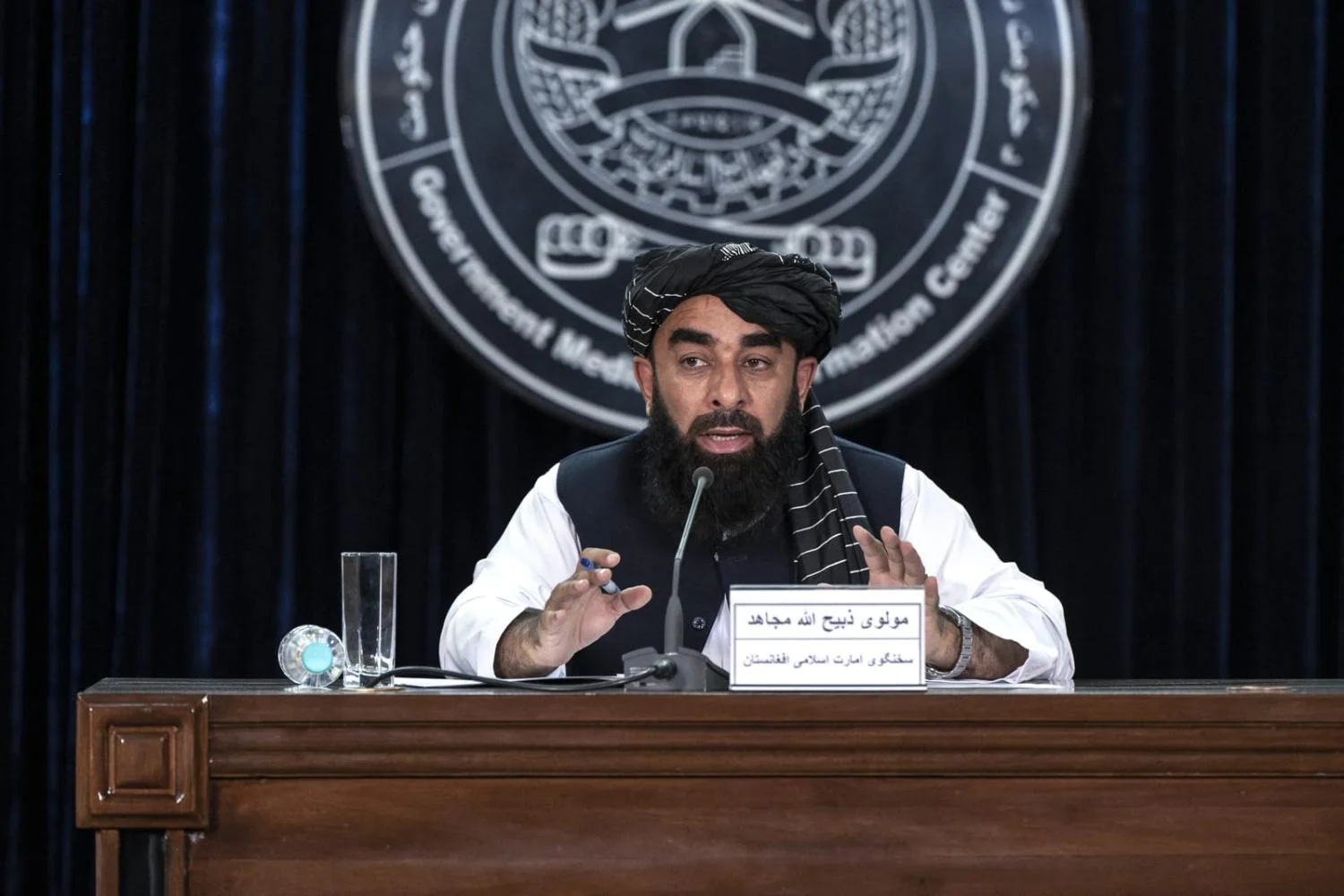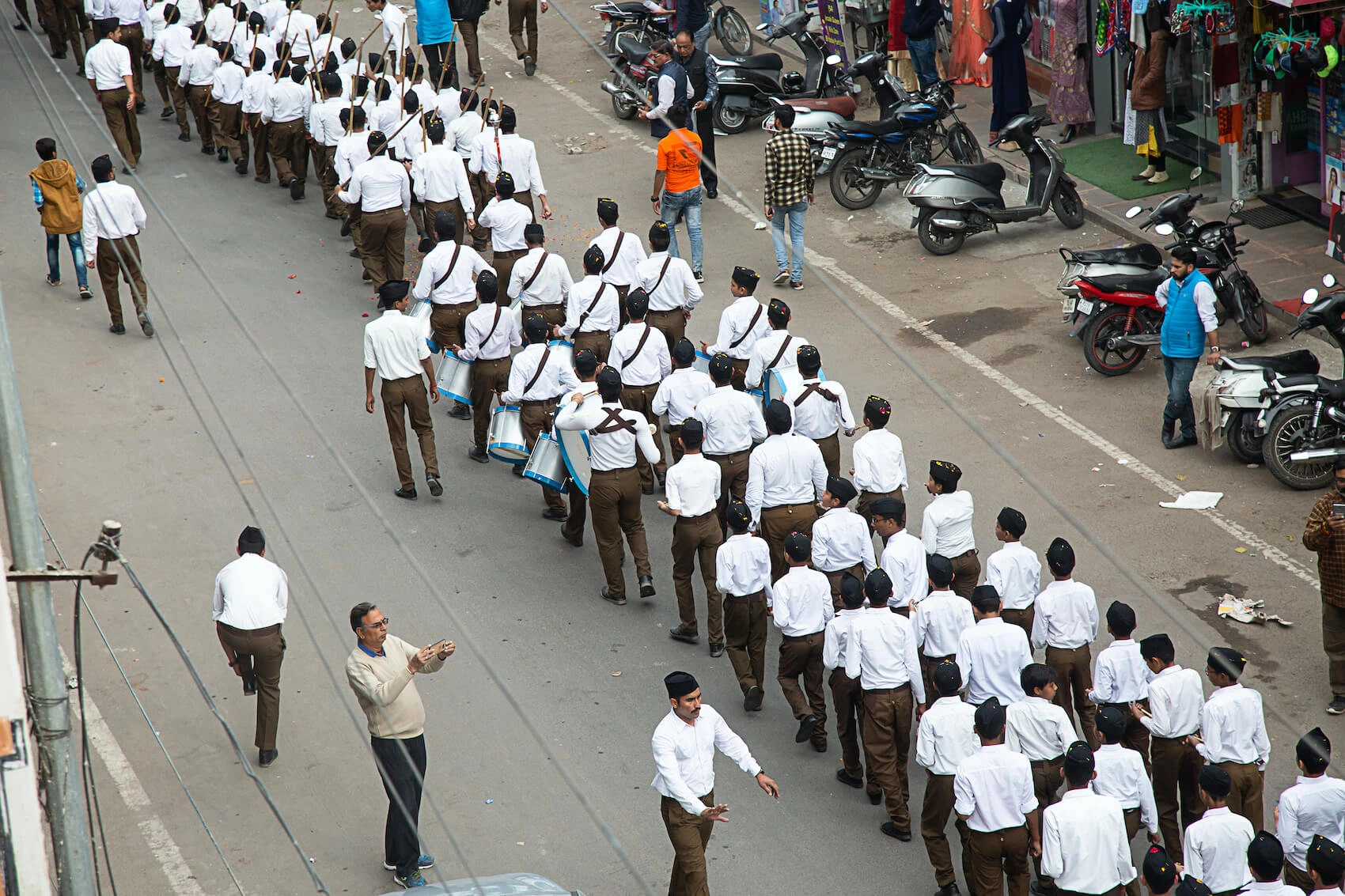The government of Bangladesh has introduced a new rail-route in the pre-existing Bangladesh-Nepal\’s transit agreement. The decision will boost-bilateral trade. As the transit distance will reduce. Rohonpur in Chapainawabganj is added to the transit protocol as an additional passageway to and from Nepal.
Cabinet Secretary Khandker Anwarul Islam, during a media briefing at the secretariat, said, \”Because of the new route, trade between the two countries would increase,\”.
He attributed the establishment of the rail-communication network to the amendment. The cabinet secretary further remarked that \”Both countries would be able to use it,\”.
Six-Port of Calls
Similarly, in 1976 the transit agreement and the protocol agreement were made official. Six ports of calls allowed the movement of transport vehicles to and from Nepal.
The six ports were titled as Khulna-Chalna (currently Mongla Port), Chattogram Port, Biral (Pashchimbanga, India), Banglabandha, Chilahati, and Benapole.
A New Rail Link
Moreover, Rohonpur-Zero Point-Singabad (Pashchimbanga)-Jogbani (Bihar)-Birat Nagar (Nepal) and Rohonpur-Zero Point-Biral (Pashchimbanga)-Radhikapur (Pashchimbanga)-Roxol (Bihar)-Birgunj (Nepal) are two routes that could potentially form a new rail link.
According to the commerce ministry, the first route covers a distance of 217km while the second one involves 514km in distance. Nepal prefers using the first route given its smaller distance in comparison
Installed railway networks
In September, the letter of intent between Bangladesh and India added the railway network to the new transit route. It provided facilitation in the context of overland transit and tariff.
In February 2016, Kathmandu and New Delhi signed a letter of an exchange overusing Singabad in trade expansion with Bangladesh. Last year, on 16 April a letter of exchange was sent to Dhaka over taking Rohonpur as the seventh port of call. Via Broad gauge track that Bangladesh put in place in 2015 hasn’t yielded significant exports till date
Trade between Bangladesh and Nepal
Furthermore, poor land connectivity has hindered exports between Bangladesh and Nepal significantly.
Data from commerce ministry revealed that Bangladesh made $38.1 million in exports to Nepal in the fiscal year 2018-2019. In the fiscal year, 2010-2011 exports were $10.8 million. As for Nepal, it made $ 9.9 million in exports during 2018-2019 against a $49 million worth goods traded in 2010-2011.
Nepal cabinet has approved a draft agreement pertinent to avoiding double taxation and the prevention of tax dodging. Nepal cabinet extended consent to a similar deal with the Czech Republic. Mr Islam said, “The agreements would accelerate trade and woo investment,”. The cabinet secretary has also apprised of the government wanting to use Saidpur airport, claiming that a proposal would soon be drafted over this.





